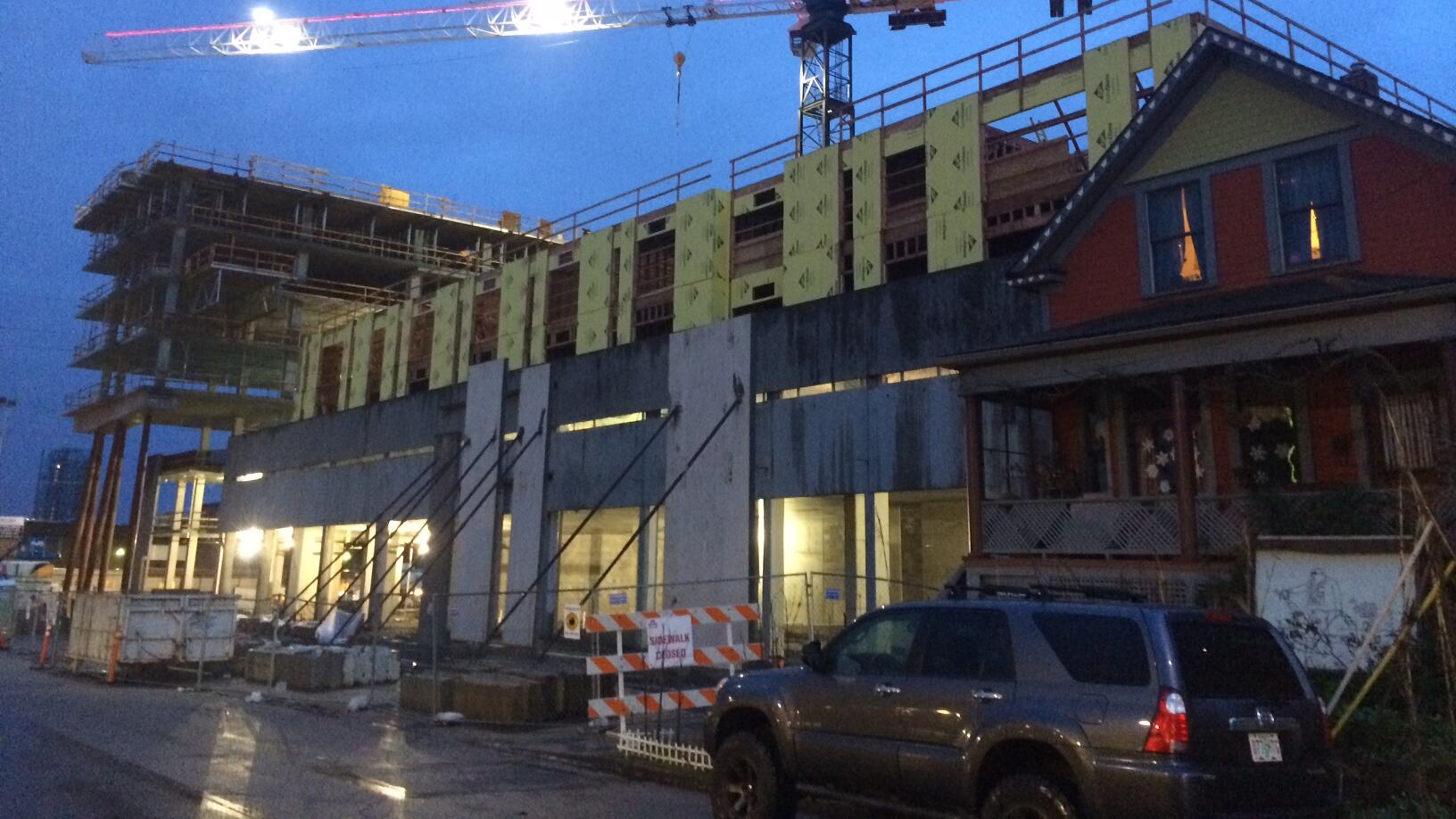How many apartments are under construction and expected to come online in 2019? I see their unoccupied, half-finished bulks everywhere and wonder: Are we about to see a glut and resulting rent reductions all over town? —Scott R.
The answer to your second question, Scott, is basically yes. In fact, Portland dropped to last place on ApartmentList.com's 2018 "Rent Growth Rankings: 25 Largest Cities" list—recent apartment-seekers could be forgiven for not noticing, but rent on the median two-bedroom actually dropped by 2.2 percent last year.
But before you tell your landlord to ram it, be aware this effect is concentrated more at the "luxury" end of the market rather than the "decaying hovels" end, where bottom-dwellers like you and me hang out.
Real estate pros agree the Portland housing market—for both renters and buyers—cooled in 2018 and will continue to slow in the coming year.
To the extent markets are a form of mass hysteria, this belief alone—as said pros encourage their clients to sell, sell, sell—could intensify the effect. But there are also fundamentals involved.
In-migration and job growth in Portland have slowed, and—as you could have scarcely failed to notice—a substantial number of new apartments have been built.
CoStar, a sort of Bloomberg wire for the real estate industry in Portland, counted 11,000 new units under construction as of last September, and Fannie Mae predicts supply will outstrip demand by 1,500 units over each of the next two years.
Unfortunately for the semi-employed rock drummers of the world, many, if not most, of these buildings were permitted before the adoption of rules requiring developments over 20 units to include some low-income housing. Thus, 2019's rent relief is going to look more like "$2,000 studio—now only $1,825!" than any kind of real solution to the low-income housing problem.
Even when the "affordable" units come online, don't expect miracles—the rules define "low-income" as 80 percent (or, in a few cases, 60 percent) of median family income. Do the math, and we're talking about $1,250 studios—better than nothing but not exactly the return of $250 basement rooms in the Hawthorne District.

